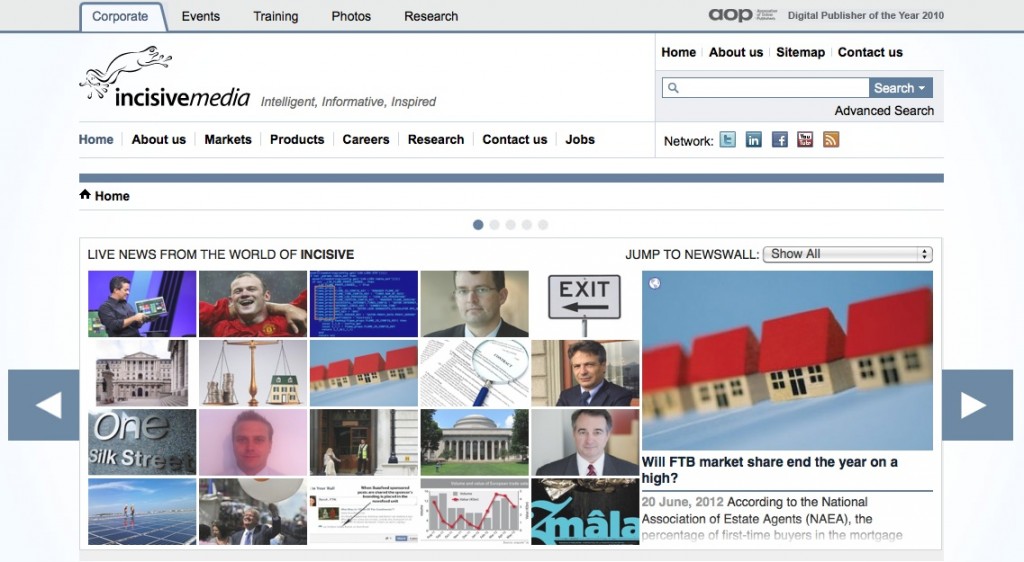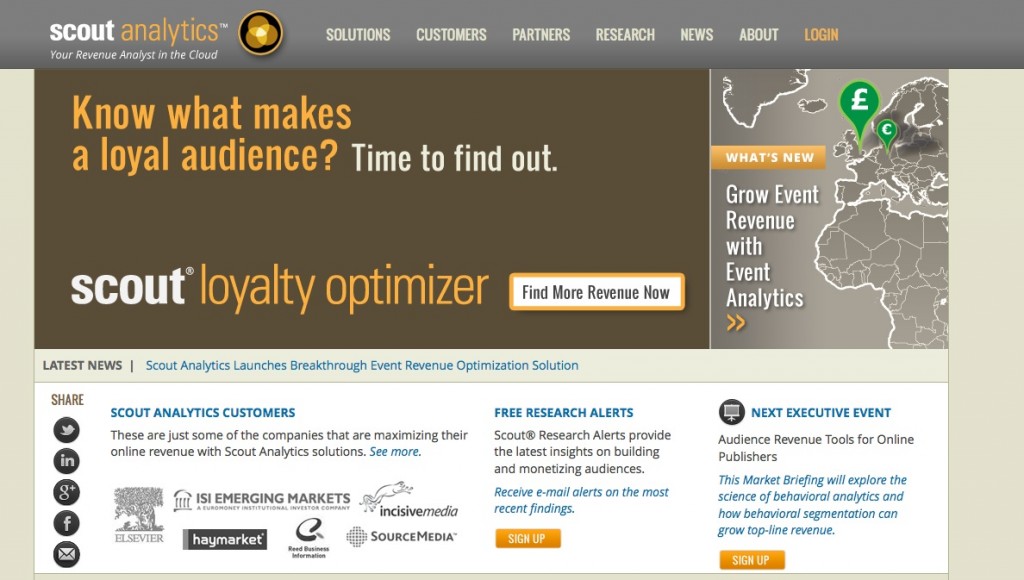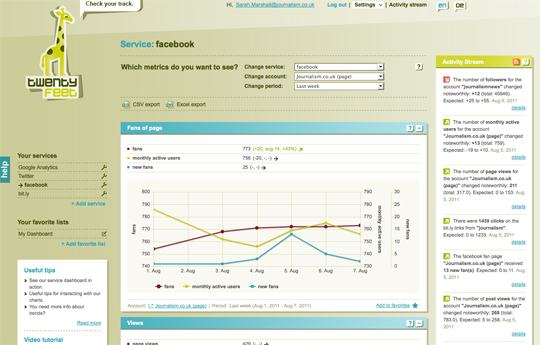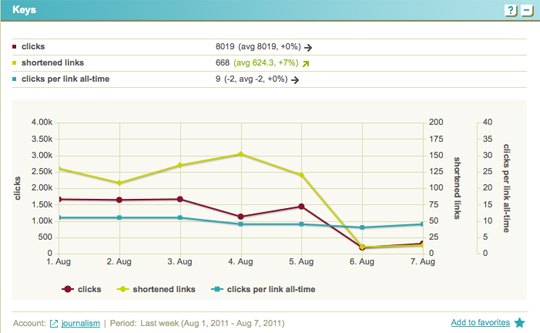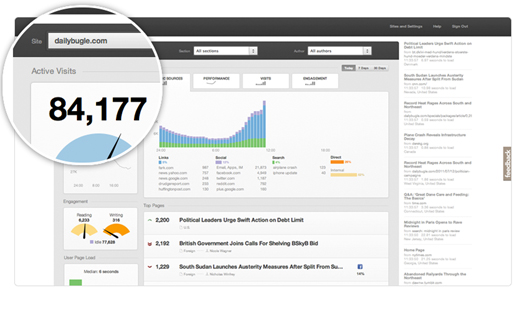At today’s PPA Digital Publishing Conference, Paul Bradshaw, publisher of the Online Journalism Blog, visiting professor at City University, London, and course leader for the MA in Online Journalism at Birmingham City University, talked about data both in terms of data journalism and data analytics.
He set out five principles of data management.
1. Data is only as good as the person asking questions
Bradshaw said that whether the data is from analytics and used for commercial purposes, or whether it’s editorial data and you are doing an investigation, “the key thing is to have questions to ask” of the data.
That should drive everything, rather than you being led by the data.
2. Data can save time and money
Bradshaw is frequently told that data journalism is resource-intensive or a publishing company does not feel it has resources “to do data stuff”.
But he argues that data saves time, does not have to cost money or rely on having a team of developers.
He explained that people he has trained find they learn computer techniques to do things that they previously did manually.
They might scrape websites very neatly into a spreadsheet, they may pull data from an analytics package into spreadsheet, they might visualise that dynamically – and that all saves time.
You might prepare for a big event by having spreadsheets set up or feeds set up or triggers.
3. Data is about people
There can be a danger of becoming “bogged down in the data”, Bradshaw warned. “But really stories are told about people and to people.”
He advises taking “a step back from that data” to find “the people that it is telling a story about”.
He said that in the case of data journalism, that is about finding case studies; in the case of analytics you can use the data to create profiles or pictures of the people who are using your site.
4. Good data is social, sticky and useful
“If data is going to be useful it needs to have a point, people need to be able to do something with it,” Bradshaw said.
People may share it socially, he explained. And it becomes “sticky” if it allows people to spend time exploring it.
5. You can be driven by the data or driven by the story
“Sometimes you are getting data passively and you are looking for stories in it, sometimes you are seeking out data because of the story or lead or question you have,” Bradshaw explained. And that comes back to his first point. “It’s really important to have questions” rather than to be “passively driven by the data”.
And Bradshaw demonstrated how his principles make “a lot more sense” when you replace the word ‘data’ with ‘journalism’.
- Journalism is only as good as the person asking questions
- Journalism can save time and money
- Journalism is about people
- Good journalism is social, sticky and useful
- You can be driven in journalism by the source or driven by the story
Listen below to hear audio of Paul Bradshaw setting out his five principles of data management:
Paul Bradshaw leads data journalism courses for Journalism.co.uk. The next course is on 5 December. There are details at this link.

